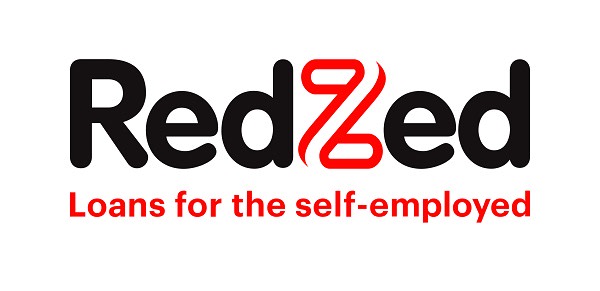
Promoted by RedZed
With more Aussies choosing self-employment, mortgage brokers must be prepared to work with alternative funders. Lender for the self-employed RedZed outlines five ways brokers can make the most of this growing market.
The latest report on self-employed Australians from Australian Industry Group (Ai Group) provides an encouraging narrative for those looking to assist self-employed borrowers.
While self-employment by solo owner-managers fell by more than permanent employment during the COVID-19 recession in 2020, it has since made a significant comeback. By February 2021, self-employment had more than recovered from 2020, to be 3 per cent higher than in February 2020.
Australians have proven to be incredibly entrepreneurial during the pandemic. While many businesses were forced to close, opportunities have also been created and Aussies are launching new and innovative businesses. Mainstream lenders who haven’t moved with the times will find that some of their customers have gone from a PAYG role to self-employed and may not be in a position to assist those customers with their next finance need.
1. Embrace the ‘too hard’ basket
Mainstream lenders typically lump self-employed customers into the ‘too hard’ basket. Smart brokers will see this segment as an opportunity; the ‘too hard’ basket can become a business strategy for mortgage professionals looking to attract customers who don’t have an abundance of options and aren’t solely looking for the sharpest rate. Channel conflict and clawbacks are far more unusual when working with self-employed clients.
2. Understand the process
Specialised lenders require a different set of documentation and are still governed by responsible lending guidelines. They have specialist staff trained to analyse the individual characteristics of each borrower, rather than simply using narrow credit scoring. Put simply, they have the time to invest in each individual deal. Brokers should take the time to understand a specialised lender’s process, and work with their skilled BDM's who will guide them on the best way to present a deal.
3. Document your work
When working with a self-employed borrower’s financials and BAS statements, brokers need to document why they have gone down a particular path. Where some brokers fall short is in providing detailed file notes. Experienced brokers can intuitively know that a borrower can service a debt, but they need to document their thinking with detailed notes. This will help both the lender and aligns with a mortgage broker's best interest duty.
4. Work with accountants
Many self-employed clients and high-net-worth individuals have a core network of financial experts, including a mortgage broker, an accountant, and a financial planner. It is when these three professionals are working together that the best outcomes are achieved. Accountants provide an essential role in the lives of self-employed clients from a tax perspective. They can also explain sets of financials to a broker. Most accountants are happy to work with brokers and walk them through financials, which can be a great way of building new referral relationships.
5. Don’t focus on rate
Most clients are driven by price. But the difference between mainstream rates and those offered by specialist lenders isn’t as great as you might think – it is typically between 25 and 100 basis points. While rate is factor, brokers also need to consider the opportunity cost for their self-employed client: what will they be missing out on if you can’t secure the funding their client requires in a timely and stress free manner?
 Login
Login









JOIN THE DISCUSSION